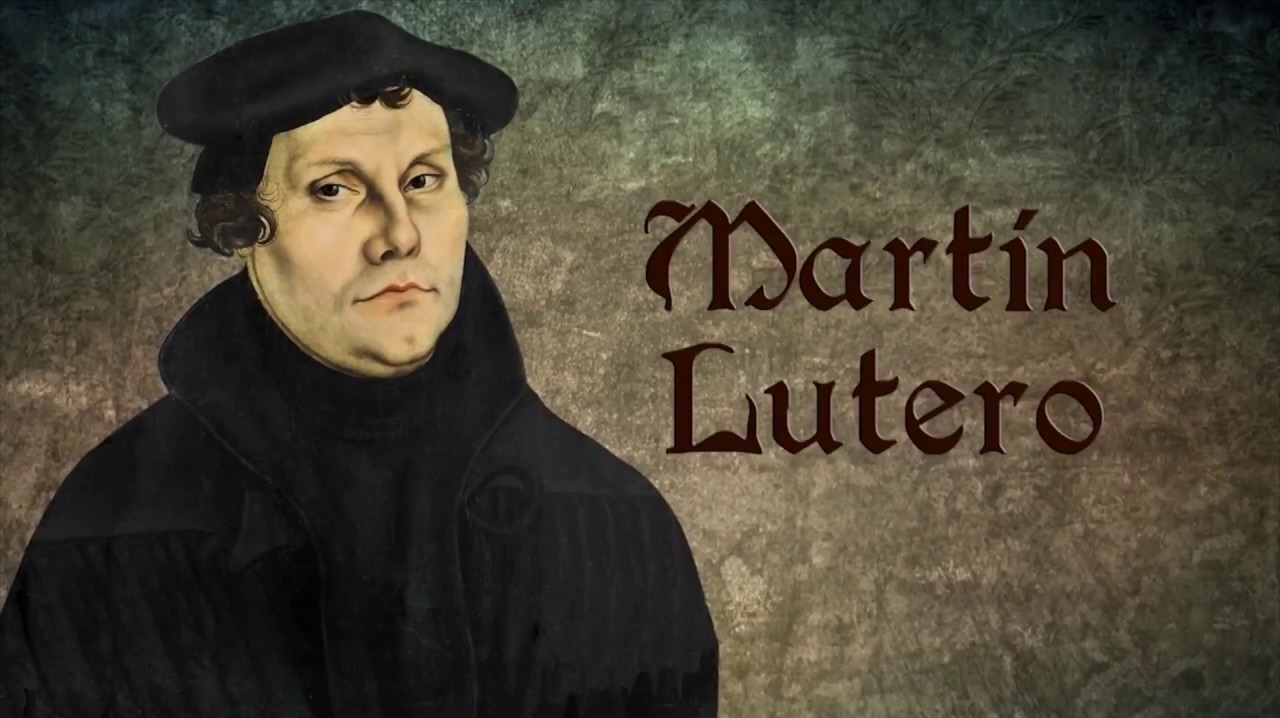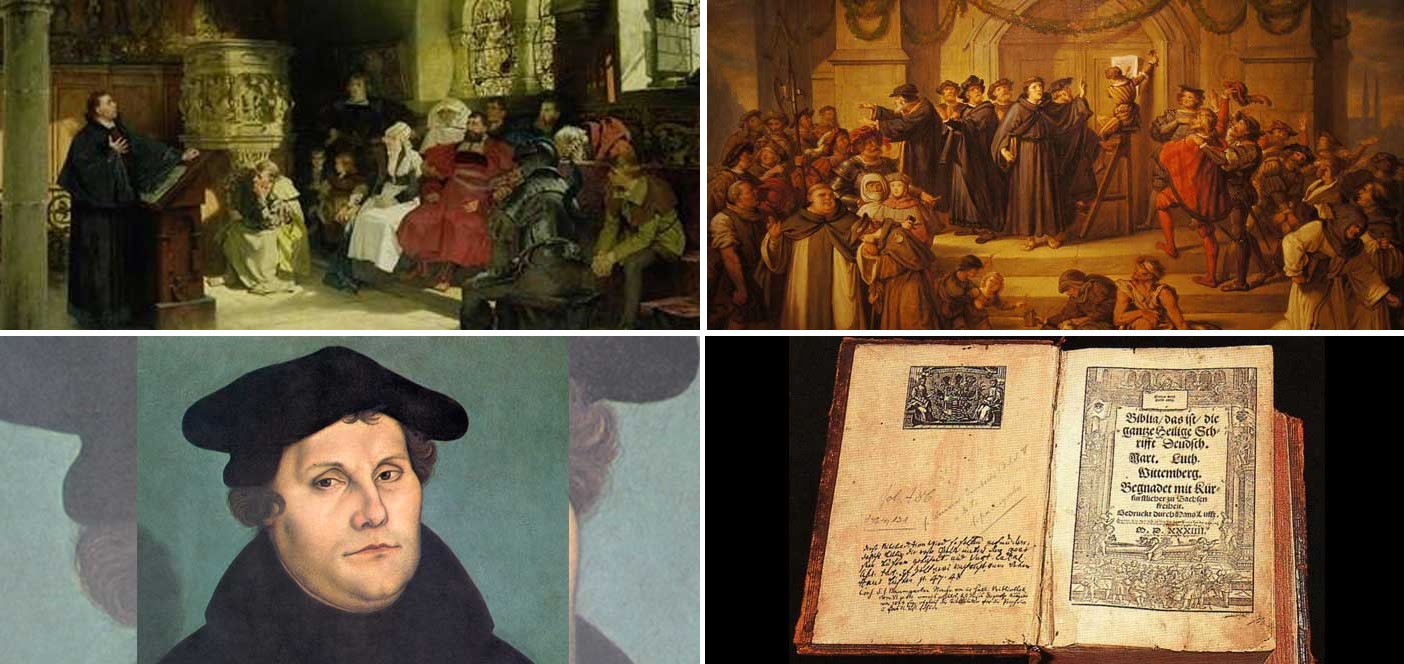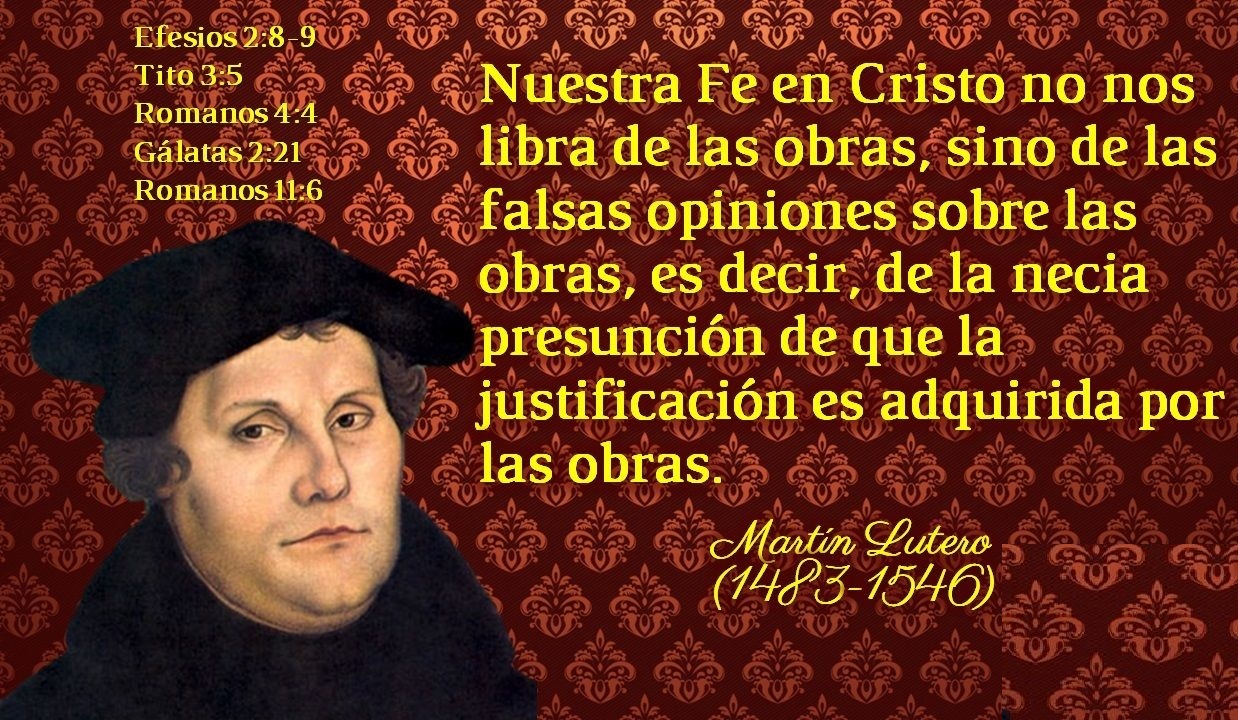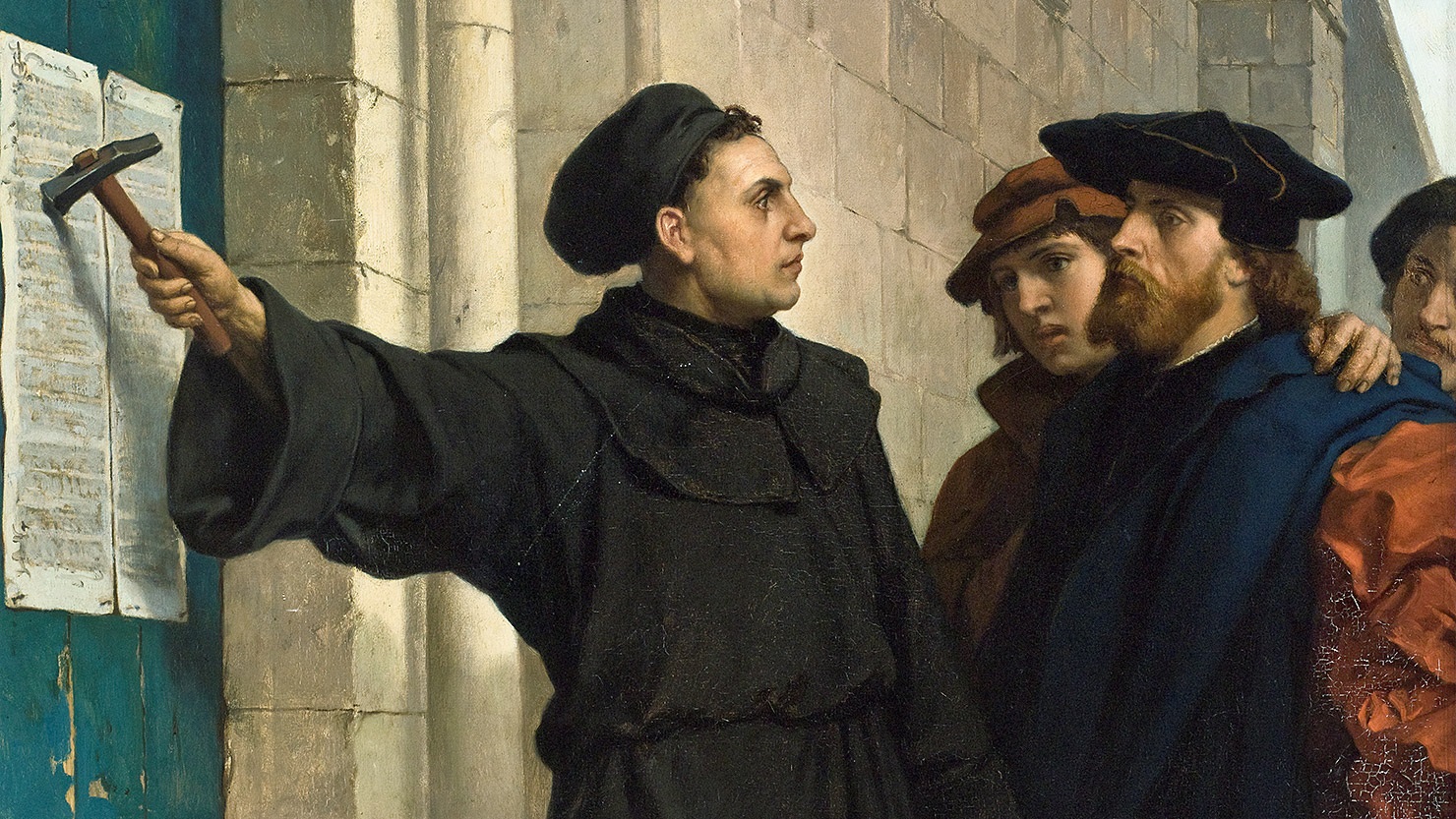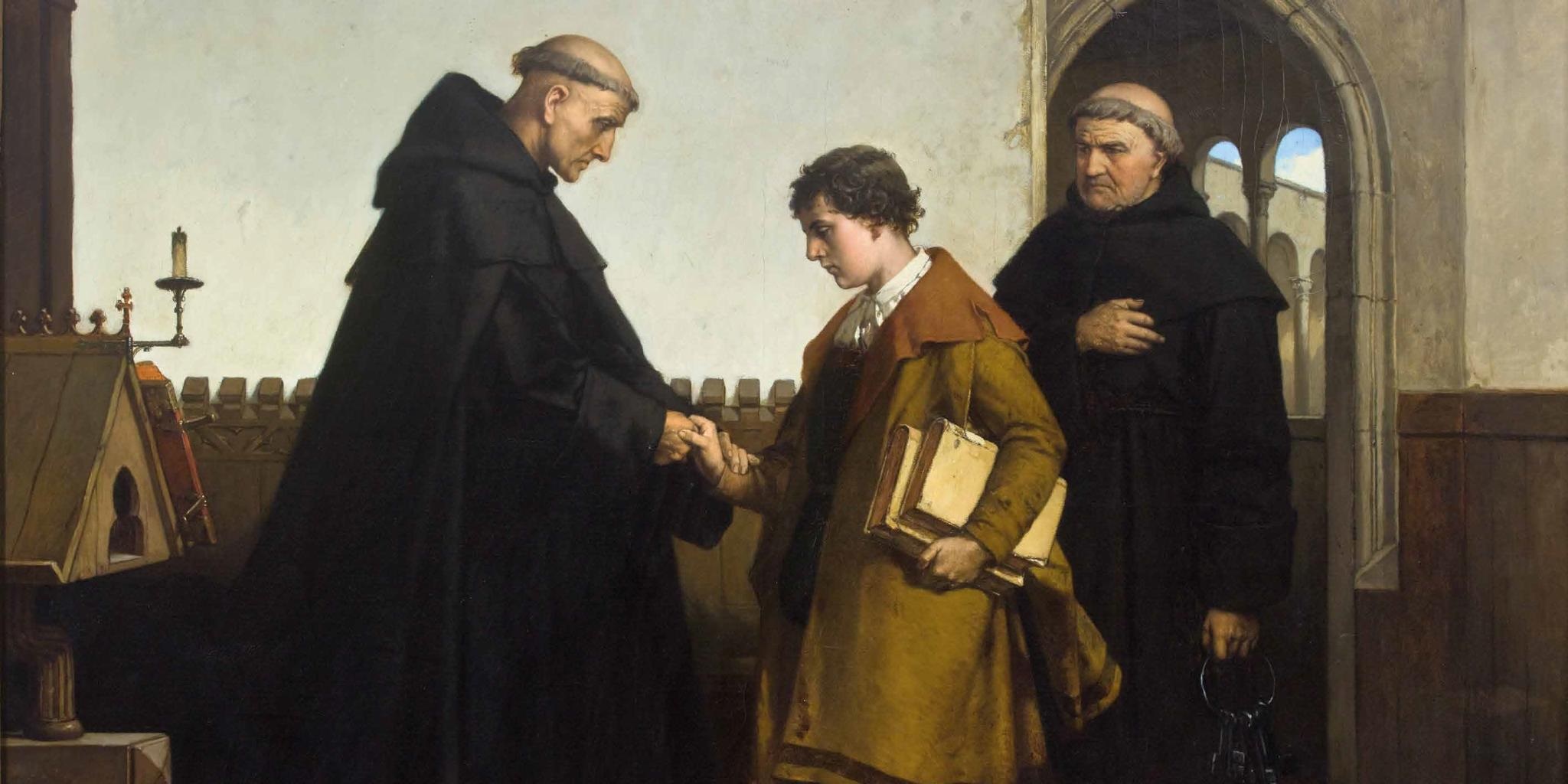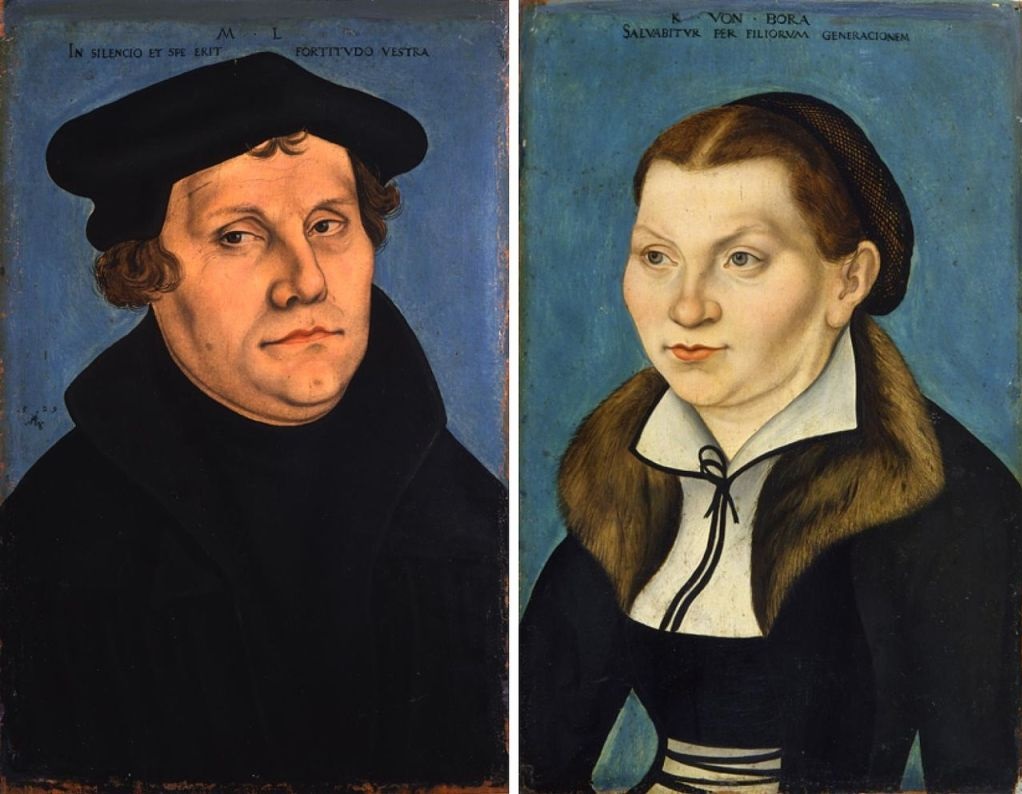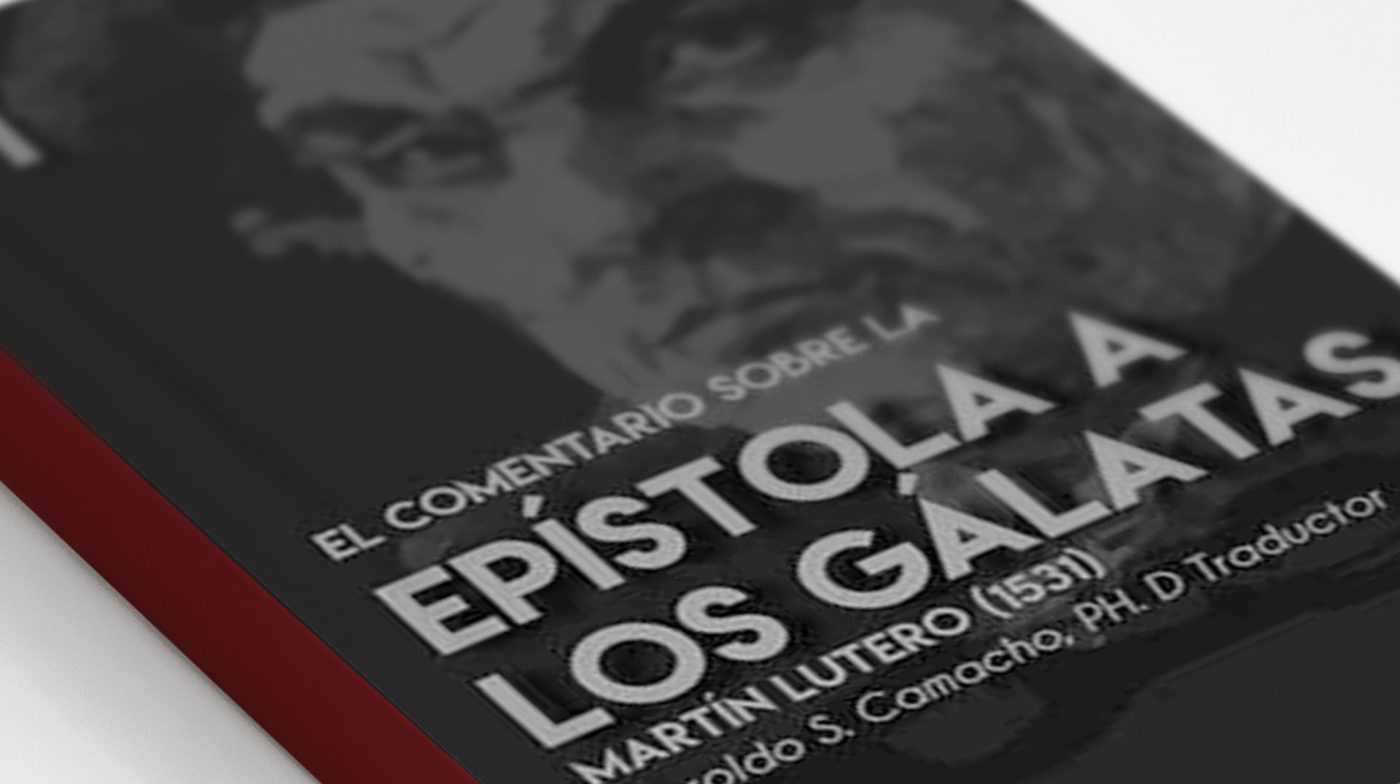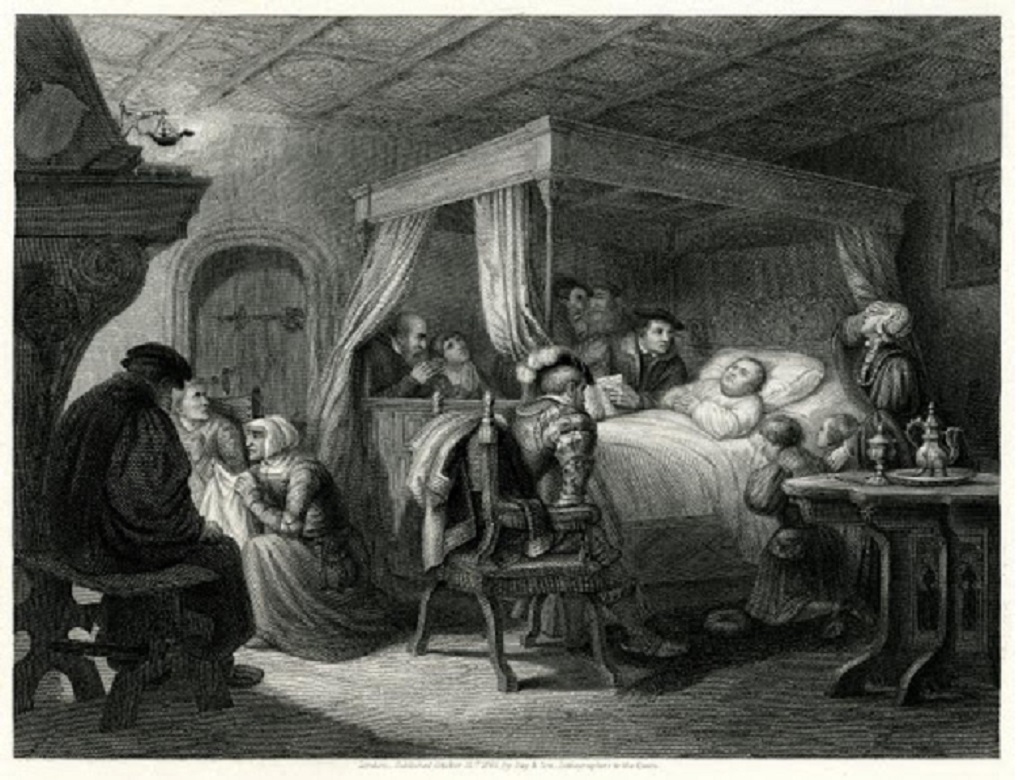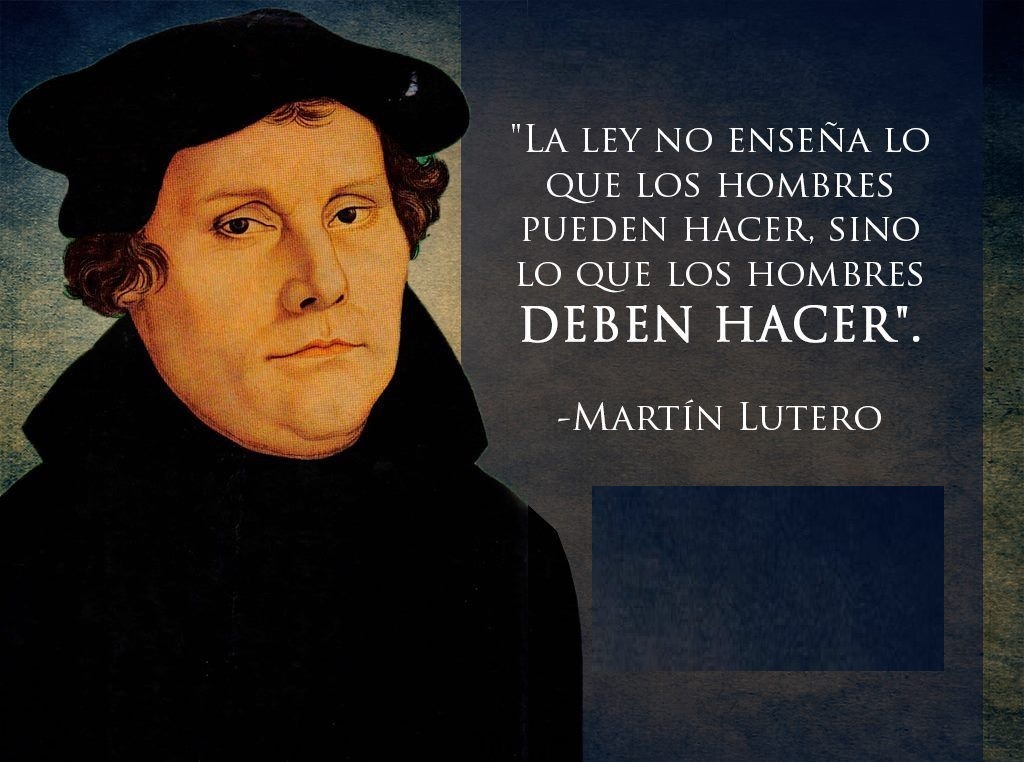Learn in this article about the life and work of Martin Luther, the man who exhorted the Christian church to return to its original teachings, marking a milestone in history by leaving a legacy as the main promoter of the Protestant Reformation.
Martin Luther
Martin Luther was a German monk and theologian of medieval times. The monastic order to which this friar belonged was the Catholic Augustinian monks.
The name of Martin Luther managed to transcend history by being one of the main promoters of religious reform in his native country, which spread beyond the German borders. And whose precepts or criteria promoted the Protestant reform; as well as what would later be known as the theological current of Lutheranism.
In the theses postulated by Luther in his reform, he urged the Catholic Church to return to the original path of the instructions given by God, written in the Bible. In addition, all the arguments issued by Martin Luther caused the reorganization of the Christian congregations in Europe.
Faced with all this protestant revolt of Luther, the Catholic power of Rome did not take long to react, launching a counter-reformation. Another of the legacies left by this reformist monk was one of the best translations of the Bible from Latin into the German language.
Biography of Martin Luther
Martin Luther, his name in German and better known as Martin Luther, was born in the German city of Eisleben on November 10, 1483. His parents were Hans Luther and Margarethe Luther, the first years of the child Martin lived in the German town of Mansfield.
Place to which the Luther family moved in 1484 where Hans worked as foreman of several copper mines. With the desire that his son be educated and not satisfied with being a peasant like his father, Hans Luther enrolled Martin in several schools in the locality and nearby cities.
Higher education
The young Martín enters the University of Erfurt in the capital of the German state of Thuringia in the year 1501, at the age of 18. Luther nicknamed "The Philosopher" in this house of studies, he graduated as a bachelor in the year 1502.
Later, in 1505, he achieved a master's degree, being the second of a promotion of 17 students. Martín, with the purpose of fulfilling his father's wishes, continues his studies by entering the Faculty of Law of the University of Erfurt.
However, an incident with a natural phenomenon makes him change his course. On July 2, 1505, in an electrical storm, lightning strikes near Martin, and he exclaims Help Santa Ana! and offers to become a monk, Luther enters the monastery of the Augustinian friars in the city of Erfurt on July 17 of that same year.
His life as a monk
From the age of 22, Martin started and dedicated his time to lead a monastic life, giving himself entirely to please God. For this he carried out works of charity and placed himself at the service of the most needy through his daily prayers.
Luther was so intent on pleasing God that the more he did so, the more guilty and sinful he found himself in his presence. Consequently he intensely indulged in long periods of prayer and fasting, in addition to incurring self-flagellation and constant confessions to God.
The monk and abbot of the Von Staupitz monastery, seeing Luther's attitude, induced the young man to start an academic work, so that he would be distracted from his excessive religious behavior. So, once Luther was ordained a priest, he began teaching theology at the University of Wittenberg in 1508.
In that same year he was awarded a bachelor's degree in biblical studies, later he obtained a doctorate in Bible in 1512 and three years later he was appointed vicar of the Augustinian order. Which assigns 11 monasteries under his administration, during this time Luther dedicated himself to learning languages such as Greek and Hebrew.
Languages that would help you search for a better interpretation of the holy scriptures of the Bible. All these studies allowed the monk in the future to translate the Jewish Old Testament.
Martin Luther and the doctrine of grace
Martin Luther is passionate about thoroughly studying the sacred scriptures of the Bible and delving into the knowledge of the early Christian church.
Based on this topic, we cordially invite you to know here ¿who founded the church Christian and when did it take place?
Because in truth even for many people this question results in uncertainty, and to this is possibly added a lack of knowledge of the word of God. Therefore follow this interesting article to learn about the foundation of the Christian church.
As Luther delved deeper into biblical study, he found new meaning when it comes to terms such as the atonement and human morality. The monk was also able to realize that the church authorities had diverted the central path of Christianity according to the true vision taught in the sacred writings of the Bible.
The most important thing is that what Luther scrutinized was the message of justification by faith and not by works, as the church had been teaching. From there the monk began to transmit the teaching that salvation is a gift given only by God, through the Grace of Jesus Christ and that it is received by man only through faith.
Martin Luther reinforced the doctrine of Grace by establishing a differentiation between what was the Mosaic law and the message of the gospels. That for the monk this was a focal point for the understanding of the message of Jesus and that the lack of that knowledge had caused the church of his day to commit essential theological errors.
Luther's 95 Theses
Luther's 95 Theses were the result of the controversy that arose over the indulgences the Catholic Church was granting by allowing people to purchase their salvation. This angered the monk and led him to develop writings postulated in 95 theses and then nail them to the door of the Wittenberg Palace church on October 31, 1517.
At that time it was the form or the requirement that the University demanded so that a debate or dispute could be started on some issue or topic.
Luther established that it was an abuse of power by the church by selling indulgences, swindling the faithful with lies. Who by acquiring papal indulgences eluded the sacraments of confession and true repentance.
Martín accompanied the 95 theses with three preaching of teachings carried out in sermon form between the years 1516 and 1517. In one of these sermons he dedicated himself to reading the biblical passage of:
Romans 1:16-17 (KJV 1960): 16 For I am not ashamed of the gospel, for it is the power of God to salvation to everyone who believes; to the Jew first, and also to the Greek. 17 Because in the gospel God's righteousness is revealed by faith and for faith, as it is written: But the just shall live by faith.
Luther was founded on this passage to establish what would become known as the Protestant Reformation. Martin Luther's 95 theses were widely copied and printed, spreading throughout the country and later throughout Europe.
The pope's response at the time to the 95 theses was to declare Luther a heretic and wrote a counter-reformation refuting what the German monk had written.
Luther's excommunication
In 1521 Martin Luther is excommunicated by Leo X from the Catholic religion through a papal bull published on January 3 of that year. Then at the assembly of the princes of the Holy Roman Empire held in Worms, known as the Diet of Worms on January 22, 1521, Luther is confronted with either renouncing or reaffirming his doctrine.
After several meetings Luther reaffirmed his doctrine before the authorities, in response Emperor Charles V drafted the Decree of Worms on May 25, 1521. In this edict Marin Luther was declared a fugitive heretic and the dissemination of his works was prohibited. .
Exile in the Wartburg castle
Before Charles V issued the Decree of Worms, Prince Frederick III of Saxony hid Martin Luther in the Wartburg castle in Eisenach, Thuringia, Germany. There he remained for about a year, taking advantage of this time of forced cloister to translate the New Testament of the Bible, printing it for September 1522.
Similarly, his stay at the Wartburg castle served Luther for his training as a gentleman and a reformer. Among several writings during the cloister, he wrote a guide on confession where he tells the priests that it should not be compulsory but voluntary.
At this time he also made advances in his approach to the relationship between the Mosaic Law and the covenant of God's Grace through Jesus for the salvation of sins.
Marriage and family of Martin Luther
Martin Luther in April 1523 sets out to help a dozen nuns who wanted to leave the life of the monastery in the city of Nimbschen, near Grimma in Saxony. He manages to get them out of the convent by hiding them in large barrels.
One of these twelve nuns was named Catherine of Bora, who ended up marrying Luther on June 13, 1525. Both moved to Luther's residence in the old Augustinian monastery in Wittenberg, the couple conceived six children.
- Johannes, (7/6/1526): He studied law and was a court official, died in 1575.
- Elizabeth, (10/12/1527): This girl passed away prematurely on 3/08/1528.
- Magdalena, (5/05/1529): She died at the age of thirteen and her death was a very hard blow for her parents.
- Martín, (09/11/1531): He chose the theology career, he died in 1565.
- Paul, (28/01/1533): studied medicine, died in March 1593.
- Margaretha, (17/12/1534): This young woman married the nobleman George von Kunheim, died at the age of 36. From her descent stems the only lineage of Luther that exists today.
Luther's German Bible
In 1534 Luther carried out one of the best translations of the Bible into the German language. At that time the majority of the German population remained at a level of illiteracy. The educated German population were the members of the church.
Illiterate people received religious knowledge orally, memorizing and repeating biblical verses. With the translated version of the Bible in German and printed in multiple copies, Luther manages to make the holy scriptures available to most in his mother tongue.
With this printed material of the Bible in German, it helps to spread the doctrine of the Protestant Reformation, managing to divide the Catholic Church in Germany. Luther's main goal in translating the Bible was so that ordinary people could have direct access to the scriptures without the need to master the Latin language.
Since the Bible that existed at that time was known as the Latin Vulgate, which had been translated by Saint Jerome from Hebrew, Aramaic and Greek into Latin. Luther then takes part of it and translates it into German to make it accessible to the common people.
Firstly, he only translated the New Testament and during this process, Luther reached out to nearby towns and markets. With the intention of using the common jargon of the German language and thus be able to write the translation of it in a colloquial language.
Other writings of Martin Luther
Martin Luther's literary work is quite extensive, although some of his books, according to historian critics, were sketches and friends who delivered the forerunner of the reform. They did this apparently in search of achieving a greater audience of readers, among the outstanding writings of Martin Luther the following can be mentioned:
- Weimar Ausgabe, a comprehensive collection of the author's writings consisting of 101 unfoliated books or volumes.
- Books where the author explains the establishment of the letters of the Bible, in terms of their canonicity, hermeneutics, exegesis and exposition. In addition to explaining in them the way in which the texts of the Bible are related to each other.
- Writings dealing with civil and ecclesiastical administration, as well as the Christian home.
Death of Martin Luther
In the last years of his life, Luther made frequent trips to the city of his childhood and youth, Mansfeld. These frequent trips were due to Luther's concern for his brothers and sisters.
Where the men of the families had continued the work of Father Hans Luther in the local copper mines. At that time the mines were under threat from Count Albrecht of Mansfeld, to control the administration of the mines for his personal benefit.
Luther then traveled to the town in search of intervening in negotiations to reach an agreement with the four counts of Mansfeld. At the end of the year 1545 he made two of these negotiating trips and at the beginning of the following year he made a third visit to the city of his brothers, to successfully conclude the negotiations on February 17, 1546.
Being Luther in Eisleben with his three children, during a night he feels strong pains in the chest. He decides to go to bed and in it he prays to God exclaiming the following words:
"I leave my spirit in your hands; You have redeemed me, O Lord, faithful God.”
Late in the morning, the pain in his chest worsens and his relatives wrap his body in hot towels. Luther felt that his death was close to him and in those moments he raised a prayer to God thanking him for the life of his son Jesus Christ in whom he had believed.
Martin Luther died at two and three quarters in the morning of February 18, 1546, in his hometown of Eisleben, later buried in the church of the Wittenberg Palace, in a place near the pulpit.
The legacy of Martin Luther
The main legacy left by Luther is having been the main promoter of the Protestant Reformation in Germany. From where he spread throughout Europe, thanks to the architect of the printing press of that time.
So his written postulates were read first in Germany and then in the rest of Europe. All these writings served as a stimulus for the formation of other great reformers, philosophers and thinkers who gave rise to a variety of Protestant congregations not only in Europe, but also throughout the world.
The Protestant Reformation promoted by Luther and the Catholic Counter-Reformation in response, represented two important events of great significance in the intellectual development of Europe at that time.
One hundred years after the Protestantism of Luther, the 30-year war originates in Bohemia due to the controversies between the Catholic religion and the Protestants.
Keep reading with us about the life of biblical characters in the articles: Saint Paul of Tarsus: Life, conversion, thought and more. Later Gideon: from weak man to brave warrior.
